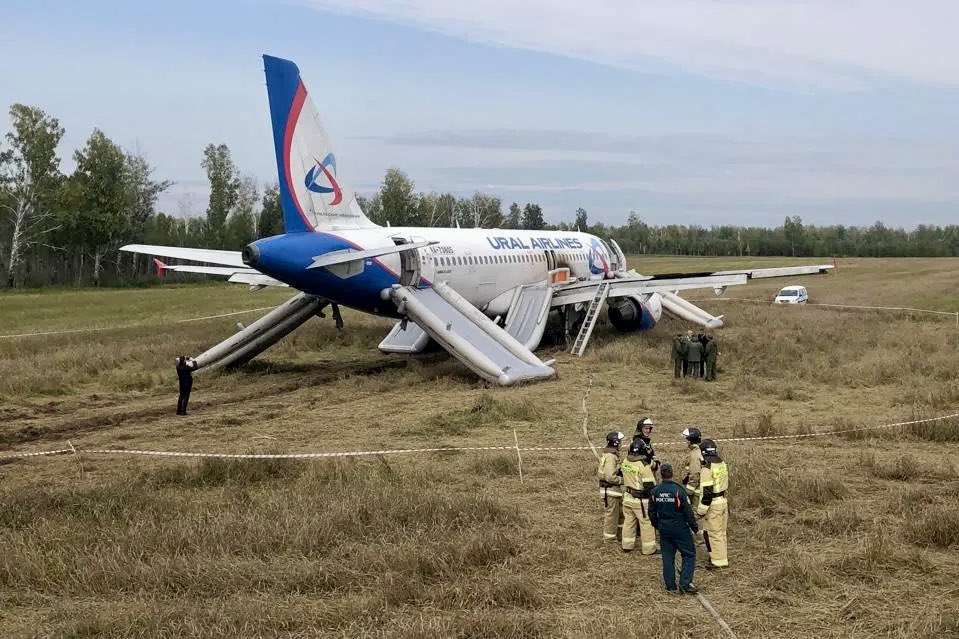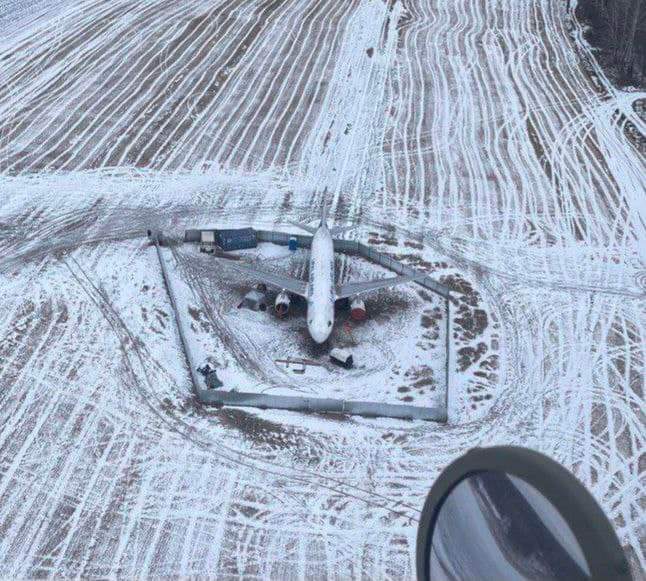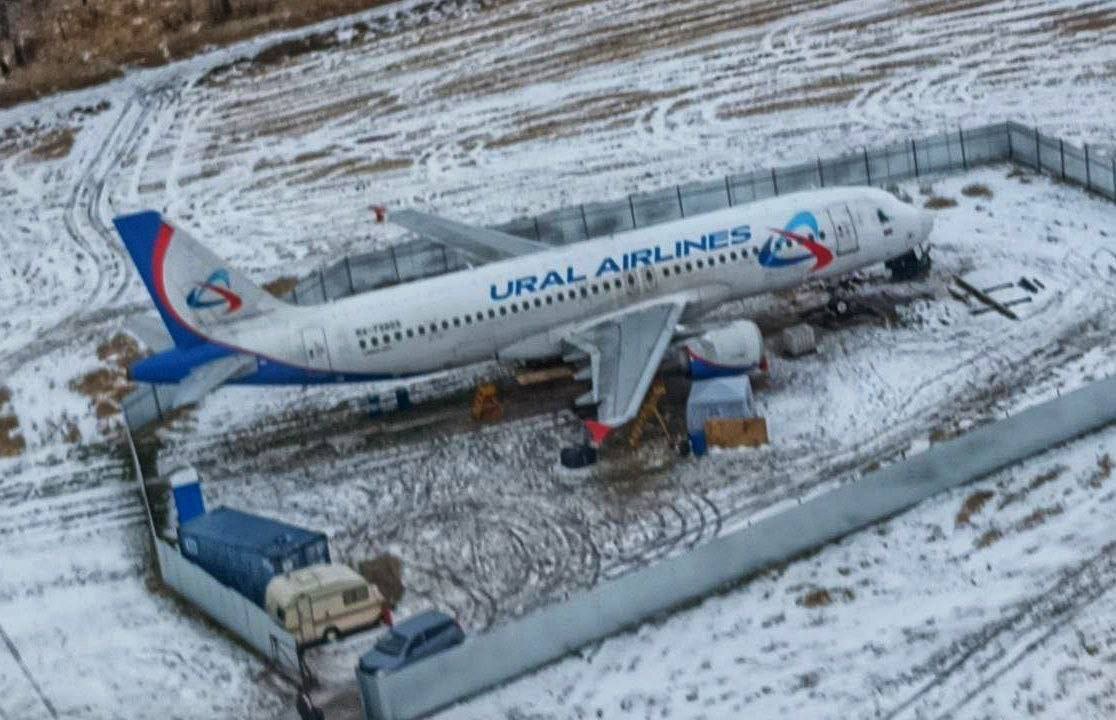The crew of the ill-fated jetliner made an emergency landing in a field during a fuel emergency last September. Miraculously, none of the 159 passengers or six crew sustained injuries or fatalities in the accident.
How Flight 1383 Ended Up in a Wheat Field

Ural Airlines Flight 1383 was operating a scheduled Russian domestic flight between Sochi International Airport (AER) and Omsk Central Airport (OMS) on 12 September 2023.
Nearing the end of an otherwise routine five-hour, 1,690-mile flight, the aircraft began experiencing problems during final approach into Omsk. At an altitude of 2,000 feet, the crew discovered a hydraulic failure in the brakes as they lowered the landing gear.
After initiating go-around procedures, the crew quickly made the decision to divert to Novosibirsk Tolmachevo Airport (OVB), which boasts significantly longer runways than Omsk (11,827 feet vs 8,200 feet).
Challenges During Diversion

Despite the relatively short distance (370 miles) to Novosibirsk, the aircraft encountered unexpected challenges. The hydraulic failure left the landing gear door stuck open, and strong headwinds significantly increased fuel consumption. As fuel levels dwindled perilously low, the crew was forced to land the aircraft in an open field near the Siberian village of Kamenka, 110 miles from Novosibirsk.
The dramatic emergency landing resulted in minor damage to the aircraft, including issues with the landing gear and engines, which reportedly ingested a small amount of dirt. Ural Airlines officials, however, expressed confidence that the plane would be airworthy again after repairs.
To Fly or Not to Fly

For months, the airline planned to fly the aircraft out of the field after the completion of on-site repairs. The plan included the construction of a temporary runway in the winter once the brutal Siberian cold sufficiently froze the ground. However, in December 2023, Ural Airlines CEO Sergey Skuratov axed these plans, citing the economic impracticality of constructing a temporary runway in the field.
A backup plan was also in the works at the time. According to a report from the German news site Flug Revue, officials were also exploring options “regarding the feasibility of restoring the aircraft.” This idea involved dismantling the aircraft in the field and transporting the parts to Novosibirsk for reassembly. However, this idea was ultimately dismissed as too expensive.
With any hopes of bringing the aircraft back to life rapidly diminishing, the question remained: what would be the fate of the stricken jet?
Decision to Scrap

Ultimately, the airline did give up hope of the Airbus ever becoming airworthy again. On 12 January 2024, Ural Airlines officials officially announced that the aircraft would be scrapped and sold for parts.
As the Airbus A320 awaits her inevitable death, a security fence and 24-hour guards protect her from any mischief. Additionally, Russian media reports that Ural Airlines has paid over one million rubles (11,000 USD) to the farmer who owns the field for the use of the site through at least September 2024.
This Wasn’t Ural Airlines’ First Field Landing

Interestingly, this incident bears a striking resemblance to a previous emergency landing by Ural Airlines. On 15 August 2019, Flight 178 — an Airbus A321 — crash landed in a cornfield near Moscow shortly after takeoff due to a bird strike. The aircraft was scrapped on-site and sold for parts.
Like Flight 1383, no injuries or deaths occurred due to the emergency landing of Flight 178.
The Airbus A320-214 (registration RA-73805 / MSN 2166) that operated Flight 1383 first flew on 2 February 2004. Air Arabia took delivery of the aircraft on 23 March 2004. Subsequent ownership transitions led it to Air Arabia Maroc in 2011 and eventually to Ural Airlines in 2013.

